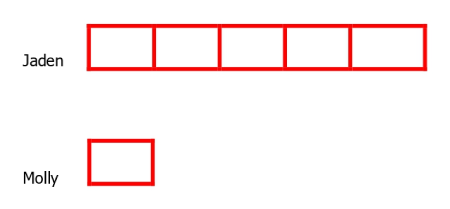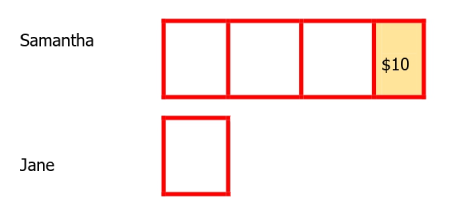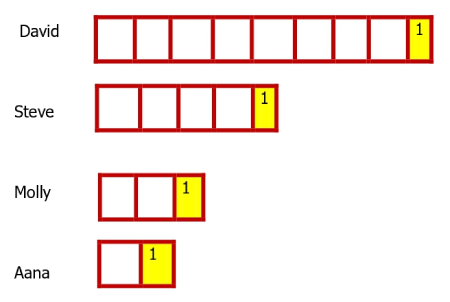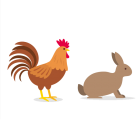HomeNon-Routine MathematicsUsing Models to Solve Problems
Using Models to Solve Problems
Singapore Maths
This method helps us solve problems by using models instead of simultaneous algebraic equations or more complicated mathematical operations.
Questions based on this method are asked in many international Olympiads.
About Model Method –
- Numerical quantities are represented by rectangular units.
- Equal units are represented by rectangles of equal size.
- Known quantities are represented by numbers written with corresponding rectangular sections.
- Relationship between known and unknown quantities are established using the model.
- This relationship is used to reach the solution.
Involves drawing of diagrams in the form of rectangular bars to represent known and unknown numerical quantities, to show the relationships between various quantities and thus solving these problems.
Let’s work on an example to understand this better.
Example 1:
Jaden has five times the number of candies Molly has. They will have same number of candies if Jaden gives 30 candies to Molly . How many candies did Jaden and Molley have in the beginning ?
Solution:

Together Jaden and Molly have 6 units.
Each of them should have 3 units to have equal number of candies.
So, Jade should give 2 units to Molly so that each of them will have equal number of candies.
2 units = 30 candies
1 unit = 15 candies
Therefore, number of candies they had initially
Molly = 1 unit = 15 candies.
Jaden = 5 units = 5 x15 candies = 75 candies
Example 2:
Samantha has 10$ more than three times the money Jane has. If Jane takes 35 $ from Samantha, she will have as much money as Samantha. How much money did Samantha have in the beginning?
Solution:

From the model
Samantha has 3 units + $10
Jane has 1 unit.
Total money = 4 units + $10
Jane and Samantha will have equal amount of money (2 units and 5$) if jane takes 1 Unit and 5$ from Samantha .
Jane took 35$ = 1 Unit + 5$
Therefore, 1 Unit = 30$
Therefore, In the beginning Samantha had 3 Units + 10$ = 3 x 30$ + 10$ = 100$
Example 3:
David has certain number of chocolates and gives one chocolate and half of remaining chocolates to Steve. Steve gives one chocolate and half of the chocolates remaining with him to Molly. Molly gives one chocolate and half of the chocolates remaining with her to Aana. What is the total number of chocolates that David had in the beginning if Aana got 5 chocolates from Molly?
Solution:
Let number of chocolates with Aana be (1unit + 1) = 5
Therefore, 1 unit = 5-1= 4 chocolates

Molly gave 1unit + 1 chocolate to Aana
So, Molly had (2 units + 1 ) chocolates.
Steve has (4 units + 1) chocolates.
David has (8 units + 1) chocolates = 8 x 4 + 1 = 33 chocolates.

